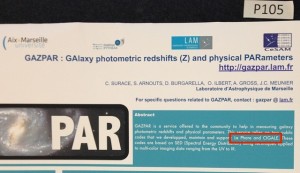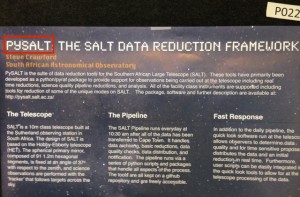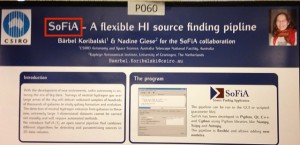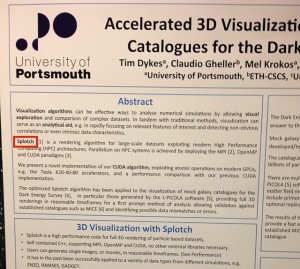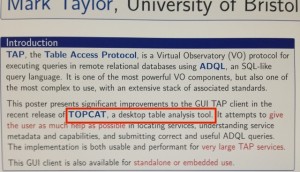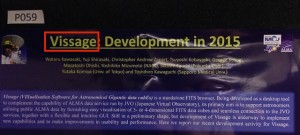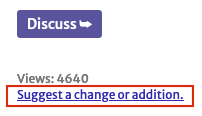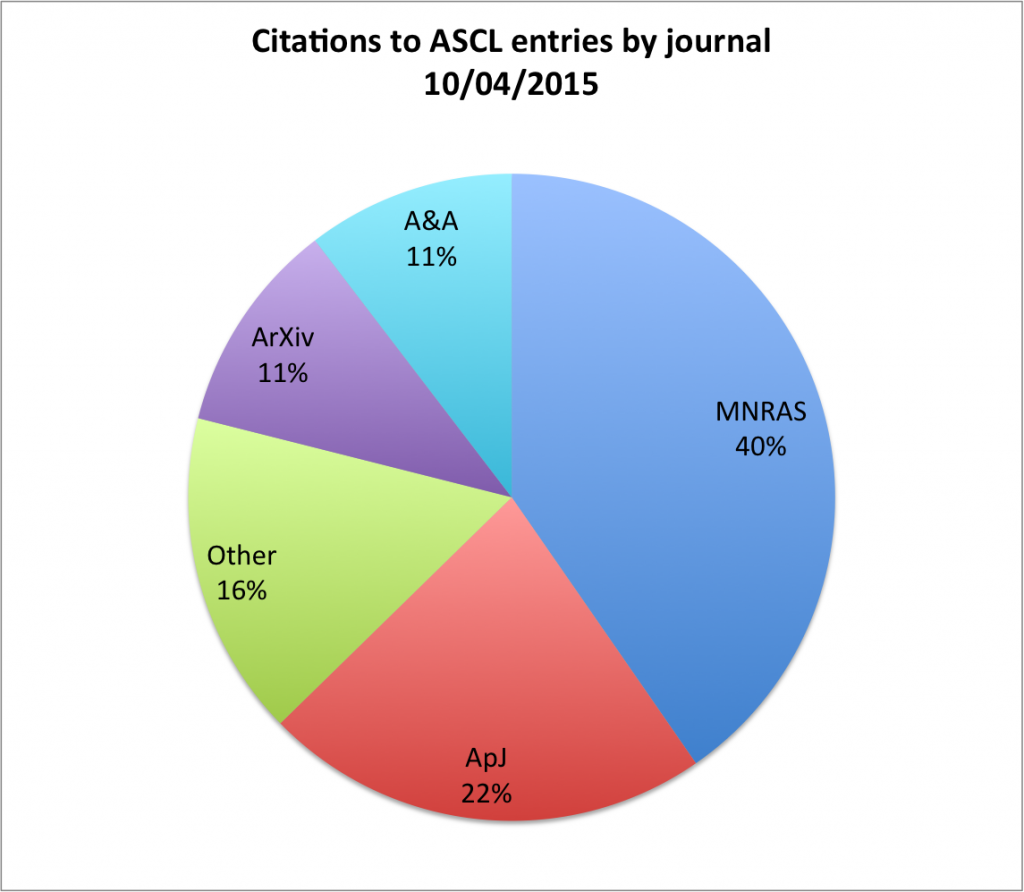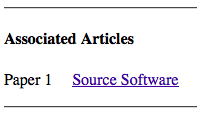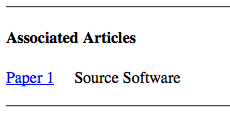As promised in a previous post, here is the list of software activities at the upcoming January AAS meeting in Kissimmee; I hope to add a Software Publishing Special Interest Group meeting to the list, but other than that, the list should be complete. If I missed anything that should be here, please (please!) let me know. Thank you, and see you there!
SUNDAY, JANUARY 03, 2016
Introduction to Software Carpentry 2 Day Workshop (day 1 of 2)
Organizer: Software Carpentry
9:00 AM – 5:30 PM; St. George 106 (Gaylord Palms Resort and Convention Center)
MONDAY, JANUARY 04, 2016
Introduction to Software Carpentry 2 Day Workshop (day 2 of 2)
Organizer: Software Carpentry
8:00 AM – 5:30 PM; St. George 106 (Gaylord Palms Resort and Convention Center)
Astrostatistics and R
Organizer: Eric D. Feigelson (Penn State University) and two assistants
9:00 AM – 6:00 PM; Emerald 8 (Gaylord Palms Resort and Convention Center)
Using Python for Astronomical Data Analysis
Organizer: Perry Greenfield
9:00 AM – 4:30 PM; St. George 114 (Gaylord Palms Resort and Convention Center)
SciCoder Presents: Developing Larger Software Projects
Organizer: Demitri Muna
10:00 AM – 6:00 PM; Emerald 6 (Gaylord Palms Resort and Convention Center)
Bayesian Methods in Astronomy: Hands-on Statistics
Organizer: Jake VanderPlas (U. Washington) and two assistants
1:00 PM – 6:00 PM; Emerald 2 (Gaylord Palms Resort and Convention Center)
TUESDAY, JANUARY 05, 2016
Tools and Tips for Better Software (aka Pain Reduction for Code Authors)
Organizers: Astrophysics Source Code Library (ASCL)/Moore-Sloan Data Science Environment at NYU
2:00 PM – 3:30 PM; Sanibel (Gaylord Palms Resort and Convention Center)
WEDNESDAY, JANUARY 06, 2016
Lectures in AstroStatistics
10:00 AM – 11:30 AM; Osceola 5 (Gaylord Palms Resort and Convention Center)
Extrasolar Planet Atmospheres: BART Atmospheric Modelling Code and Applications
10:00 AM – 10:10 AM; 212.01. A Random Walk on WASP-12b with the Bayesian Atmospheric Radiative Transfer (BART) Code
Presenter: Joseph Harrington
10:10 AM – 10:20 AM; 212.02. Bayesian Atmospheric Radiative Transfer (BART) Code and Application to WASP-43b
Presenter: Jasmina Blecic
Topics in Astrostatistics
1:30 PM – 3:30 PM; St. George 106 (Gaylord Palms Resort and Convention Center)
AGN, QSO, Blazars Poster Session
243.46 Time-dependent Photoionization of Gaseous Nebulae: TD_XSTAR Code
Presenter: Ehab E. Elhoussieny
243.37. Bayesian and Profile Likelihood Approaches to Time Delay Estimation for Stochastic Time Series of Gravitationally Lensed Quasars
Presenter: Hyungsuk Tak
Majors and Graduate Student Education and Professional Development Poster Session
247.07 Astronomy education and the Astrophysics Source Code Library
Presenter: Alice Allen
THURSDAY, JANUARY 07, 2016
Catalogs, Surveys, and Data Viewing
2:00 PM – 2:10 PM; 324.01. Introducing Nightlight: A New, Modern FITS Viewer
Presenter: Demitri Muna
Tampa (Gaylord Palms Resort and Convention Center)
2:10 PM – 2:20 PM; 324.02. Synthesizing Understanding from Data with yt
Presenter: Matthew Turk
Tampa (Gaylord Palms Resort and Convention Center)
Cosmological Simulations of Galaxies
3:00 PM – 3:10 PM; 316.05. The Non-parametric Concentration of Dark Matter Halos in Cosmological N-body Simulations
Presenter: Meagan Lang
Sun A (Gaylord Palms Resort and Convention Center)
3:10 PM – 3:20 PM; 316.06. The Scylla Multi-Code Comparison Project
Presenter: Ariyeh Maller
Sun A (Gaylord Palms Resort and Convention Center)
348. Computation, Data Handling, Image Analysis Poster Session
Posters in other sections:
338.17. Simulating magnetospheres with numerical relativity: The GiRaFFE code
Presenter: Maria Babiuc-Hamilton
342.05. Machine Learning and Cosmological Simulations
Presenter: Harshil Kamdar
342.07. SurveySim: a new MCMC code to explore the evolution of the IR luminosity function
Presenter: Matteo Bonato
FRIDAY, JANUARY 08, 2016
Beyond the Academy: Showcasing Astronomy Alumni in Non-Academic Careers
413.01. Astronomers as Software Developers
Presenter: Rachel A. Pildis
10:00 AM – 10:25 AM; Osceola 4 (Gaylord Palms Resort and Convention Center)
Hack Day
Organizer: Kelle Cruz (Hunter College/CUNY and AMNH)
10:00 AM – 5:00 PM; Tallahassee (Gaylord Palms Resort and Convention Center)
To participate in Hack Day, please register at http://www.astrobetter.com/wiki/AASHackDay.
